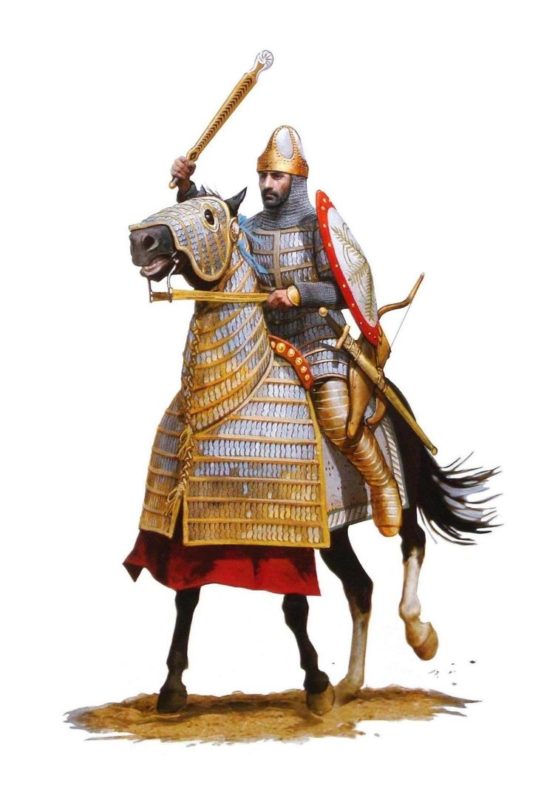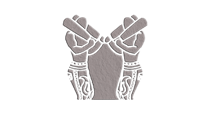Pahlavāni (Persian Yoga) is recognised by UNESCO as the world’s oldest running form of martial arts strength condition training
Traditionally these ancient physical arts have been used to forge great warriors and knights and as the strength conditioning system of many of the greatest wrestlers to ever live in past and present times.
Interwoven with the rich history and culture of the Persians, and refined over millennia, Persian Yoga provides a means to reach a vibrant state of health and well-being. It creates optimal functional strength, injury-free peak performance, and insights into the spiritual, mental, ethical and physical codes of ancient knights and warriors. Above all, these ancient heroes valued courage, chivalry, humility and strength.


Persian Yoga is traditionally practiced in the Zurkhaneh, literally meaning the house of strength. The Zurkhaneh is more akin to a temple where strength and masculinity were traditionally worshiped through a ritual ceremony that symbolically reenacts the different stages of an ancient battle.
The systematic practice of Persian Yoga confers substantially more significant benefits than the individual practice of its parts. This is truly a case where the whole is greater than the sum of its parts.
Sang – The shield wall
First stage of battle is the shield formation. This is when the combatants line up to form the shield wall. The first art of Persian Yoga is therefore the Sang (Shield) which develops the (grip) strength required to lift and press shields in a variety of geometrical patterns through a ritual ceremony that symbolically enacts the different stages of an ancient battle.


Shena: the charge
The second stage of battle is the charge. This is when the combatants clash into each others lines as they push, are pushed, fall down and then press themselves up again in various planes and ranges of motion. This clash is symbolically represented by dynamic flexibility postures done in combination with a diverse range of push-up exercises on the Shena. The Shena primarily targets the pelvic/hip complex.
Meel: the combat
This is the main battle with weapons. In Persian Yoga the Meel is used as a weapon replacement tool to develop the strength and skill needed to handle various handheld weapons like maces, axes, lances, hammers and of course the club itself. Functionally the Meel primarily targets the shoulder complex.


Pa Zadan: the chase
After the main battle you are either chasing your opponents or running away from them. This stage of battle is symbolically reenacted with high intensity cardio aerobic interval training that culminates in Whirling, a transcendental movement meditation also practiced in many mystic Sufi orders. Functionally Pa Zadan is a practice aimed at strengthening cardiovascular endurance, developing rhythm and enhancing the Balance Control Systems to keep you light and quick on your feet and able to make automatic postural adjustments to maintain posture and stability.
Kabbadeh: the siege
Assuming you have come this far you are now laying siege to the enemy encampments, fortress or castle etc. the opponents are hiding behind their walls throwing nasty things on you from atop. To protect yourself you will need all your strength and endurance in the entire overhead range of motion. Hence in Persian Yoga we use the Kabbadeh (steel bow) for developing this strength and skill. We also climb ropes which symbolically and functionally represents the climbing of the enemy walls.


Koshti: the conquering
Finally you have entered the enemy camp and you now need to subdue each opponent man by man, this is done in the practice of Koshti Pahlavani (Pahlavani wrestling) which is a stylised form of combat wrestling and the precursor to catch and freestyle wrestling. Koshti, literally meaning ‘to kill’ in Persian, is the last physical art of Persian Yoga. All the other arts serve as strength conditioning practice in preparation for the wrestling.“Trusted by past and current Professional, Olympic and World Champion wrestlers like Karl Gotch, Antonio Inoki, The Iron Sheik, Jahan Pahlavan Takhti, Current Freestyle Wrestling Olympic and World Champion Pahlavan Hassan Yazdani and countless martial artists, warriors and knights.”
Zarb & Zang: the meditation
Finally, to master Persian Yoga arts you need to master the Zarb (war drum) and Zang (bell) together with the mystical poetry of the great Morsheds (masters) of the Zurkhaneh (house of strength).
Traditionally this art stems from the use of the war drums used to signal commands in the field during battles. Symbollically it represents the celebrations, or lamentations, that took place after battles. And Practically this art stresses the importance of the individual effort to gain spiritual knowledge, or gnosis, whereby man is confronted with the divine aspect of existence through mastery of music instrument and poetry, body and spirit. Becoming the warrior poet.

